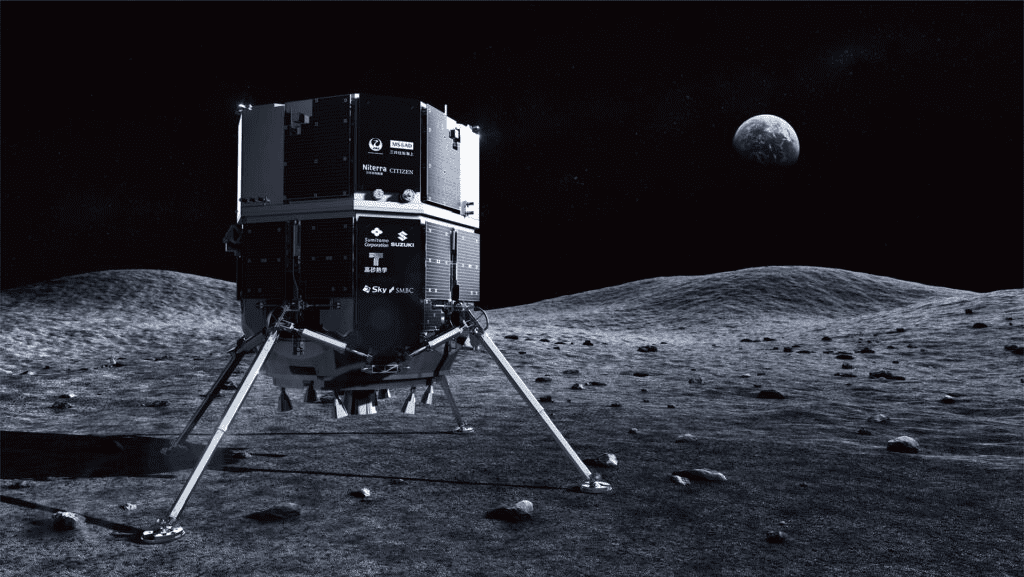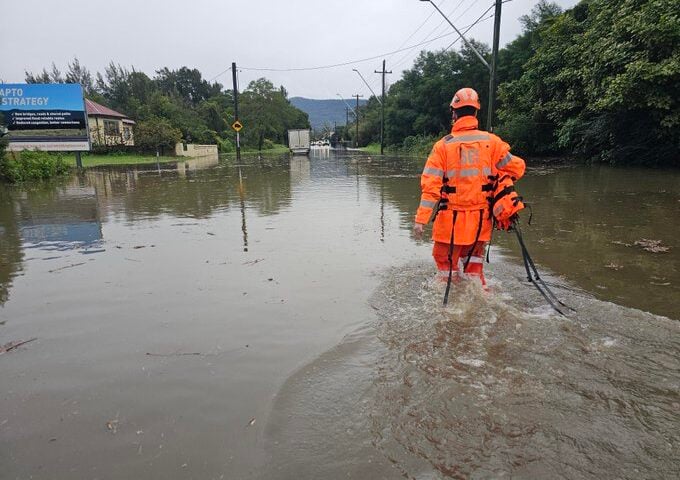Montana officials have classified miles of the Gallatin River as “impaired” due to pollution-induced algal blooms. Montana conservation groups have found a beneficial side to the “impaired” listing, as it allows for targeted cleanup.
Nutrient pollution, wastewater discharges, stormwater runoff, and fertilization are the main causes of the river’s impairment. The Montana Department of Environmental Quality made the classification after studying years of scientific data and visual evidence.
The Gallatin River will undergo treatment once it receives an official designation. If approved, the cleanup plan will revitalize the health of the Gallatin from Yellowstone National Park downstream to Spanish Creek.
The cleanup plan will also set a limit on how much pollutants can the river tolerate. The state, local groups, and landowners will collaborate together to develop the cleanup plan. Restoration of the Gallatin River is essential for the survival of fish species and river health.
Everyone has the legal right to clean and healthy recreation in the river. The Gallatin River cleanup is expected to take five to six years. The river cleanup is also critical for downstream areas.
The Gallatin River cleanup plan will help protect the ecosystem and the people who depend on it. The river cleanup plan highlights the importance of responsible water management. The river cleanup plan is an example of proactive steps that can be taken to address water pollution.


















